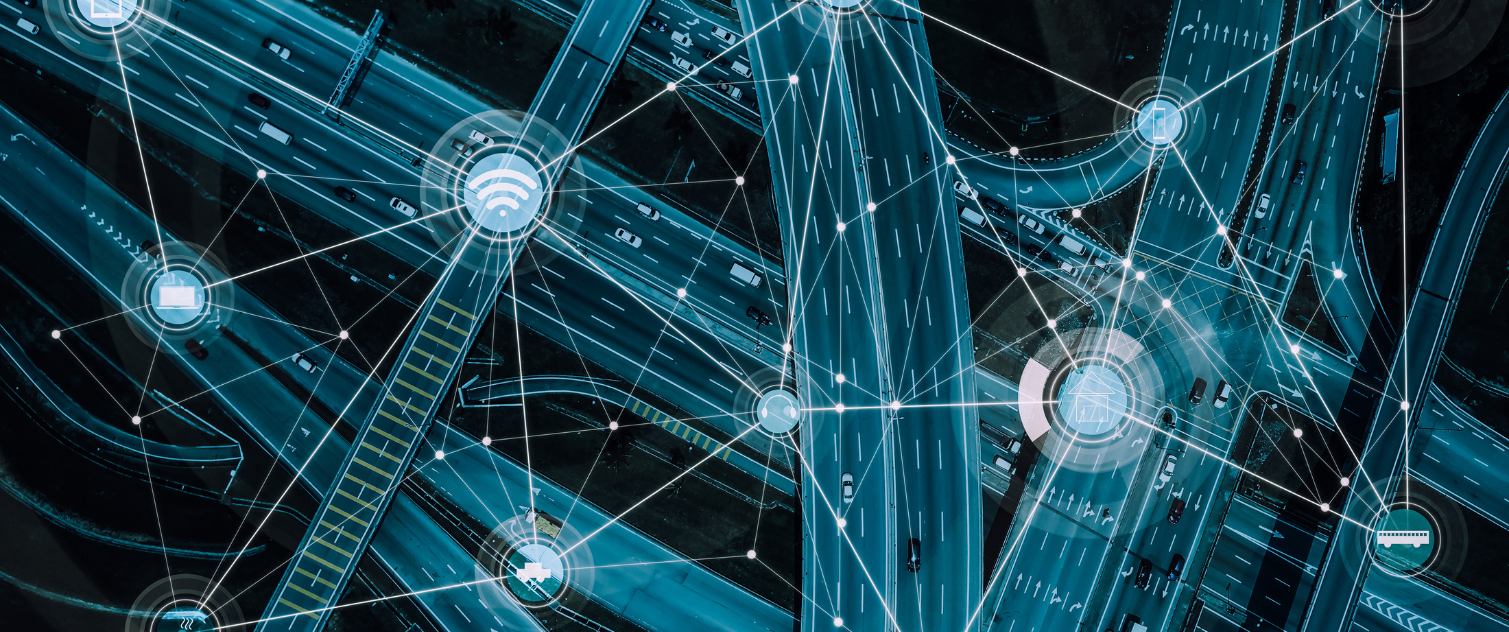Cargo Signal Blog
Turning Cargo into Smart Cargo with IoT-powered Sensors
What Can IoT Technology Do for the Logistics Industry?
Consumers have become used to receiving real-time status updates about the world around them via IoT-powered (“smart”) technology. With the advent of smartphones, this is now something they expect from most major enterprises. IoT (Internet of Things) refers to physical devices that connect to one another via the internet, collect information, and convey that information to device users.
Sensors can now leverage that technology to convey vital information about freight in transit. In logistics, measuring KPIs (key performance indicators) is familiar territory. But KPIs normally measure performance from milestone to milestone. Much valuable data can be extracted between those milestones.
How IoT-powered Sensors Makes Shipments “Smart”
Because of its analog nature, milestone data is sometimes inconsistent or unreliable. It does not tell the story between milestones. Sensors, however, capture real-time data about freight quality, condition, and security, even between milestones.
Internet or bluetooth-enabled sensors can now be positioned on containers, trucks, pallets, cartons, or even SKUs to track shipments and monitor them in real time.
This is what transforms regular cargo into “Smart Cargo.”
The Value of Tracking Freight with “Smart” Sensors
Using IoT-powered “Smart” sensors–or, sensor-based logistics–to access information about the location of goods in real time enables companies to dramatically reduce the number of lost, damaged, and stolen goods.
The ability to monitor the quality of freight is especially critical when transporting food or medical goods. These products often have specific temperature-range requirements or limited shelf life and are prone to spoilage.
Monitoring freight at this level makes it possible for supply chain managers to take better control. For example, if a carrier is misrouted, the delivery of a product is delayed or damaged, or freight falls vulnerable to theft, the manager can pursue a contingency plan and update stakeholders immediately.
How to Manage Your Data Collected by Sensors
The data retrieved from sensor-based logistics is typically accessible via a customer-facing platform. But it can also be integrated into supply chain software via API. There are many sensor-based platform providers (For example: Forwarders, but also carriers and SaaS companies).
The sensors are provided by many different companies as well and continue to become smarter, smaller, and cheaper every year.
Leveraging “Smart Cargo” to Improve Logistics
Sensor-based logistics collects quality data about shipments, but how customers use that data is paramount. They can choose to monitor the data themselves through a provided self-service portal or their own platform with API-integrated status updates.
Customizable alerts can be set and sent to customers and their chosen stakeholders. For example, alerts can be sent when goods fall out of an acceptable temperature range, there is excess exposure to light or humidity, a route deviation or delay occurs, a mishandling of freight takes place, or a shipment experiences shock and tilt.
They can also rely on a company like Cargo Signal to monitor the data for them through a set of predetermined business rules. Cargo Signal’s technology is backed by a Command Center staffed by logistics professionals who monitor shipments 24 hours a day, 365 days a year. Depending on the alerts chosen and escalation protocols in place, they will intervene on behalf of the customer when problems arise.
Examples of How Cargo Signal Can Improve Your Logistics Performance
- If a truck carrying goods is hijacked and diverges from the predetermined route, Cargo Signal’s IoT-powered sensors send an alert in real time to the customer and their chosen stakeholders. Command Center then alerts the local authorities, working with them to track the thief’s movement, put an end to the robbery, and recover the stolen goods.
- If a truckload of pharmaceuticals falls out of the acceptable temperature range to prevent spoilage, Cargo Signal’s sensors send an alert in real time to the customer and chosen stakeholders. The customer then directly alerts the carrier, who would be able to troubleshoot the refrigeration issue, prevent damage to the product, and get the shipment back on its way.
- If a customer’s carrier stops for an unauthorized amount of time, The sensor can send an alert in real time to them and their chosen stakeholders. The customer can then check in with the carrier before the shipment incurs too much of a delay to ensure timely delivery.
If you want to improve your supply chain performance using sensor-based logistics, Cargo Signal is a great option. Contact a representative today and request a demo to get started.
Download Cargo Signal's free Guide to IoT E-book here.

